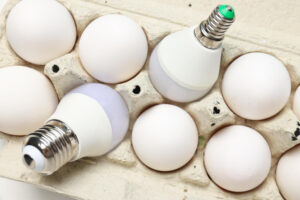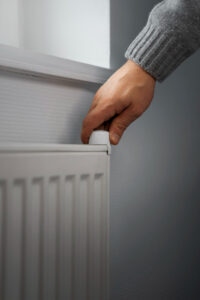Saving Money Through Energy Efficiency: Practical Tips for Everyday Savings
In today’s world, energy bills can eat into your budget, but the good news is that simple changes to your home and habits can slash those costs without sacrificing comfort. Energy efficiency isn’t just about being eco-friendly—it’s a smart financial move. By optimizing how you use electricity, gas, and water, you could save hundreds of dollars annually. This article breaks down actionable strategies into key categories, with clear explanations and estimated savings based on average U.S. household data (your results may vary by location and usage). Let’s dive in.
- 1. Upgrade Your Lighting: Switch to LEDs and Smart Habits
- 2. Optimize Heating and Cooling: Your Biggest Energy Hog
- 3. Adopt Smart Habits: The Free Way to EfficiencyNo cost, just commitment—these behavioral changes amplify everything else.
- Wrapping It Up:
1. Upgrade Your Lighting: Switch to LEDs and Smart Habits
Lighting accounts for about 10-15% of a typical home’s electricity bill. Making the switch here is one of the easiest wins.
- Replace incandescent bulbs with LEDs: Traditional bulbs waste up to 90% of energy as heat. LEDs use 75% less energy and last 25 times longer. Explanation: A single 60W incandescent swapped for a 9W LED saves about $1-2 per bulb per year. For a home with 20 bulbs, that’s $20-40 saved annually, plus no frequent replacements.
- Use motion sensors or timers: Install these in low-traffic areas like hallways or garages. Explanation: They automatically turn lights off when not needed, preventing “vampire” energy drain from forgotten switches. Expect 10-20% savings on lighting costs, or $10-30 yearly.
- Opt for natural light and dimmers: Keep curtains open during the day and use dimmable LEDs. Explanation: This reduces reliance on artificial light by 20-30% in sunny rooms, cutting bills by $5-15 per month in well-lit homes.

2. Optimize Heating and Cooling: Your Biggest Energy Hog
Heating and air conditioning can make up 50% of your utility bill. Small tweaks yield big returns.
- Set your thermostat wisely: In winter, aim for 68°F when home and 62°F when away; in summer, 78°F. Explanation: Each degree adjustment saves 1-3% on heating/cooling costs. For an average home, this could mean $50-100 in annual savings—use a programmable or smart thermostat for automation.
- Seal drafts and add insulation: Check windows, doors, and attics for leaks; use weatherstripping or caulk. Explanation: Poor insulation forces your HVAC to work overtime, increasing bills by 10-20%. Fixing this can save $200-500 yearly, with payback in under a year for basic upgrades.
- Maintain your HVAC system: Change filters monthly and schedule annual tune-ups. Explanation: Dirty filters reduce efficiency by 5-15%, hiking costs. Clean systems run 10% more efficiently, saving $80-150 per year.

3. Adopt Smart Habits: The Free Way to EfficiencyNo cost, just commitment—these behavioral changes amplify everything else.
- Air-dry dishes and clothes: Skip the dishwasher’s heat-dry cycle and use a clothesline. Explanation: Drying uses 15-20% of a dishwasher’s energy and 5-10% of a dryer’s. Save $15-40 yearly.
- Cook smarter: Use lids, match pot size to burners, and opt for microwaves over ovens. Explanation: Covered pots boil 2x faster, saving 10-20% on stove energy. Microwaves use 80% less than ovens for small meals—total savings: $20-50 annually.
- Track your usage: Use apps or your utility’s online portal to monitor bills. Explanation: Awareness leads to 5-10% reductions through targeted cuts, like turning off unused rooms’ AC.
Wrapping It Up:
Start Small, Scale Up – Implementing just a few of these tips could save you $200-500 in the first year, with compounding benefits as habits stick. Check for rebates at energy.gov or your local utility—they often cover upgrades like LEDs or insulation. Remember, the best efficiency is consistency: track progress monthly and adjust. Your wallet (and the planet) will thank you. Ready to audit your home? Grab a notepad and start with lighting—it’s the low-hanging fruit. What’s your first step?
